A celebration of Spring, in words and pictures
The world isn't easy in these troubled times, but there are reasons to be cheerful.
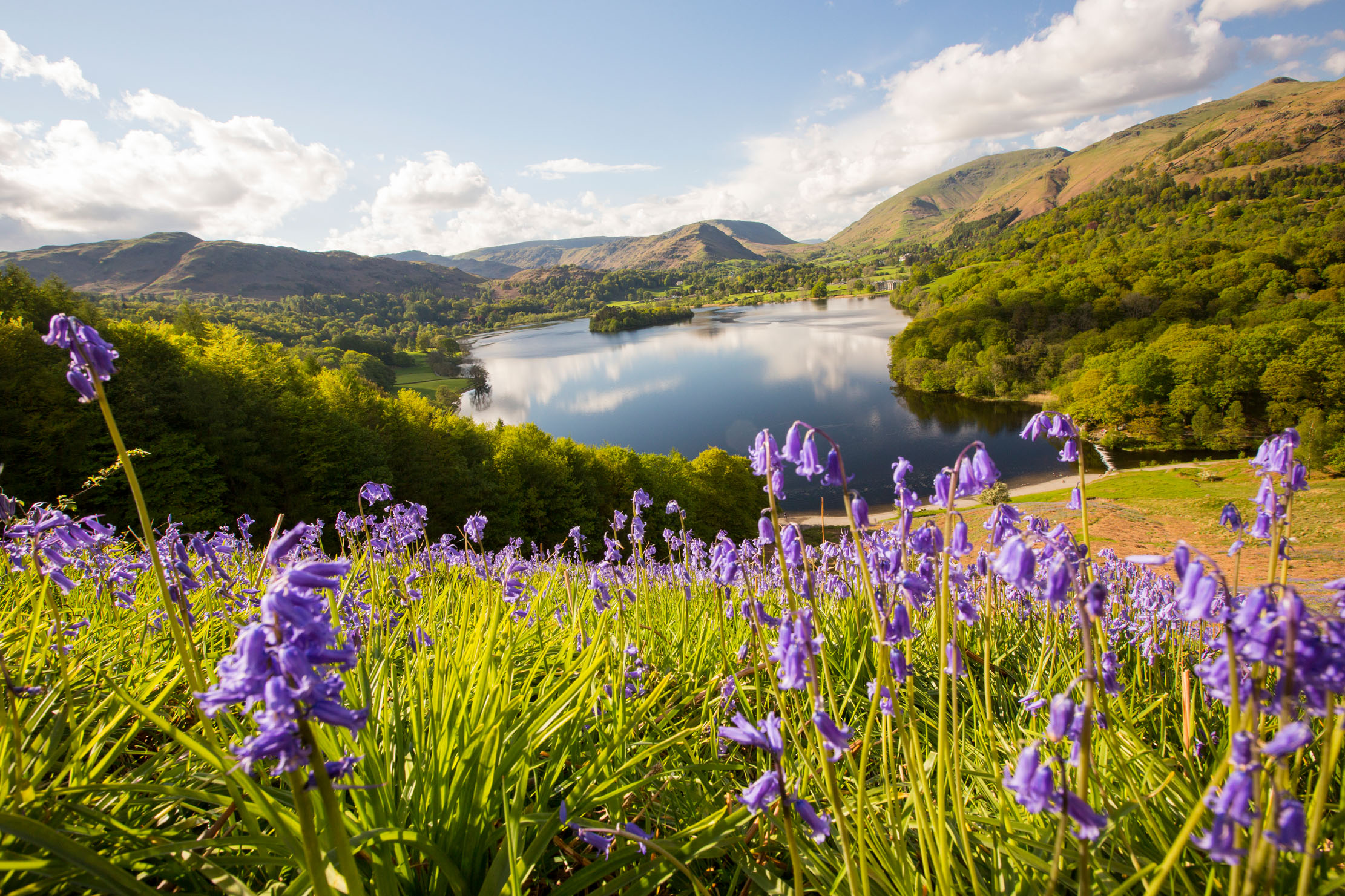

Hurrah for spring. It’s impossible for spirits not to lift. This time two years ago, the nation put itself under house arrest, with walks restricted to one hour. It was a time of loneliness, trauma, grief, fear for families and for finance, and exhaustion for the emergency services. Yet even those fraught months are now surrounded, for some people, by a halo of nostalgia because the sun shone and parents were reunited with children sent home from university.
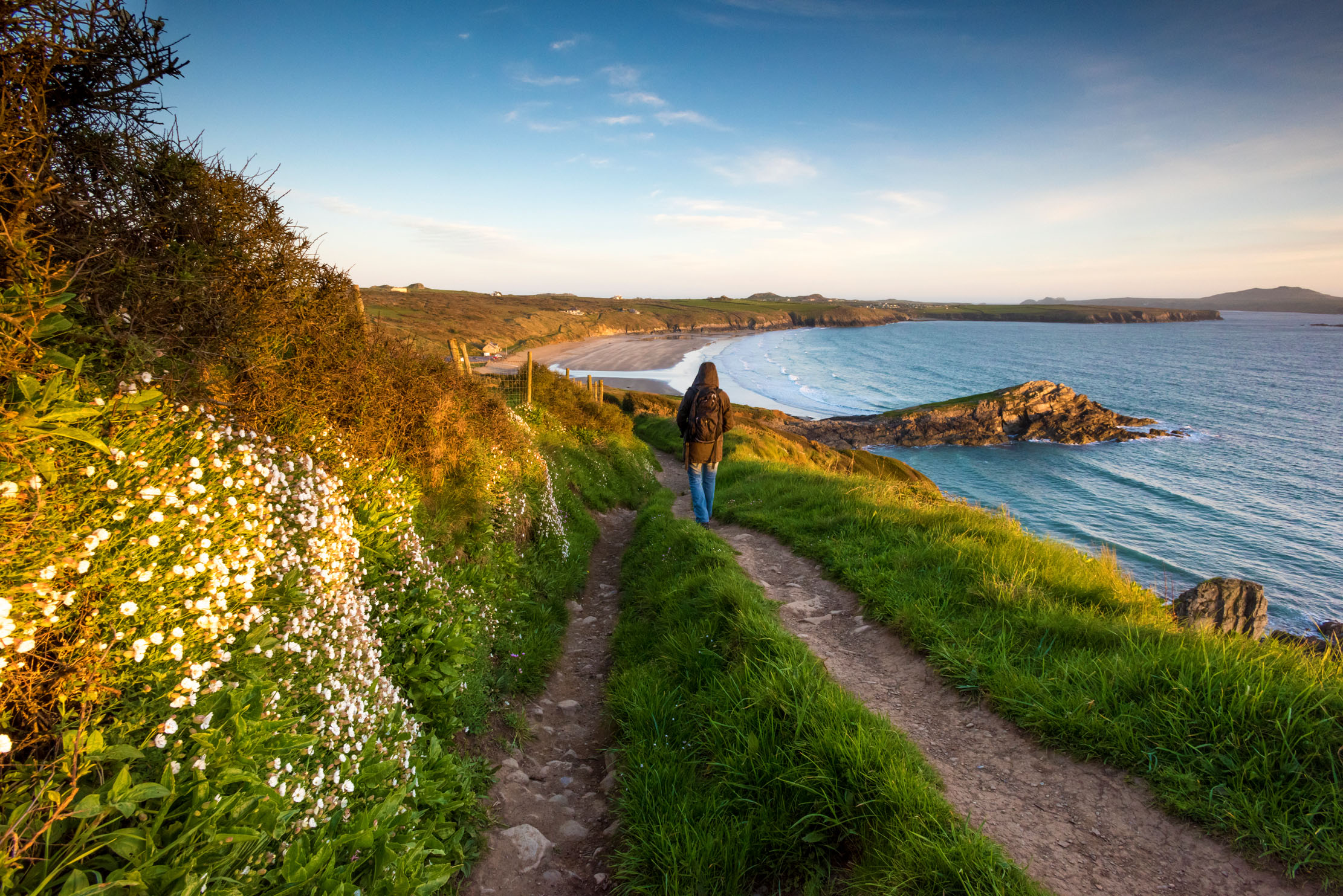
This year has brought its own woes, including a catastrophic war and what could become galloping inflation. Yet, however irrationally, optimism bubbles up at the sight of daffodils and the sound of nesting birds.
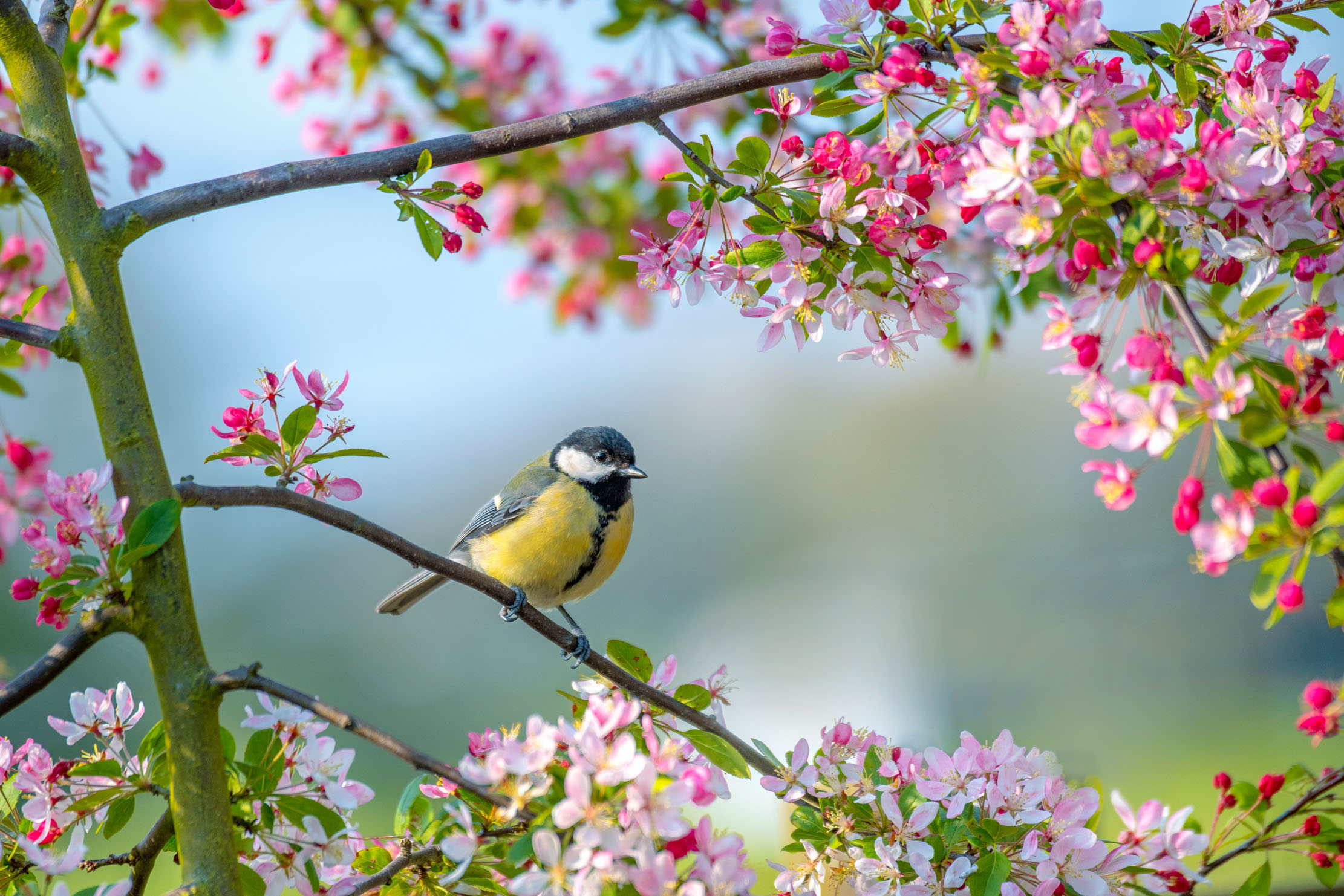
How lucky we are to have the freedom to enjoy all this. Free not only from Covid restrictions — although it hasn’t gone away, far from it — but free to stroll through villages and along footpaths, to walk boldly into shops and pubs, to embrace old friends, sing hymns in church, deliver shopping to elderly parents, go racing or to a match, all without fear of our actions being reported or censured.
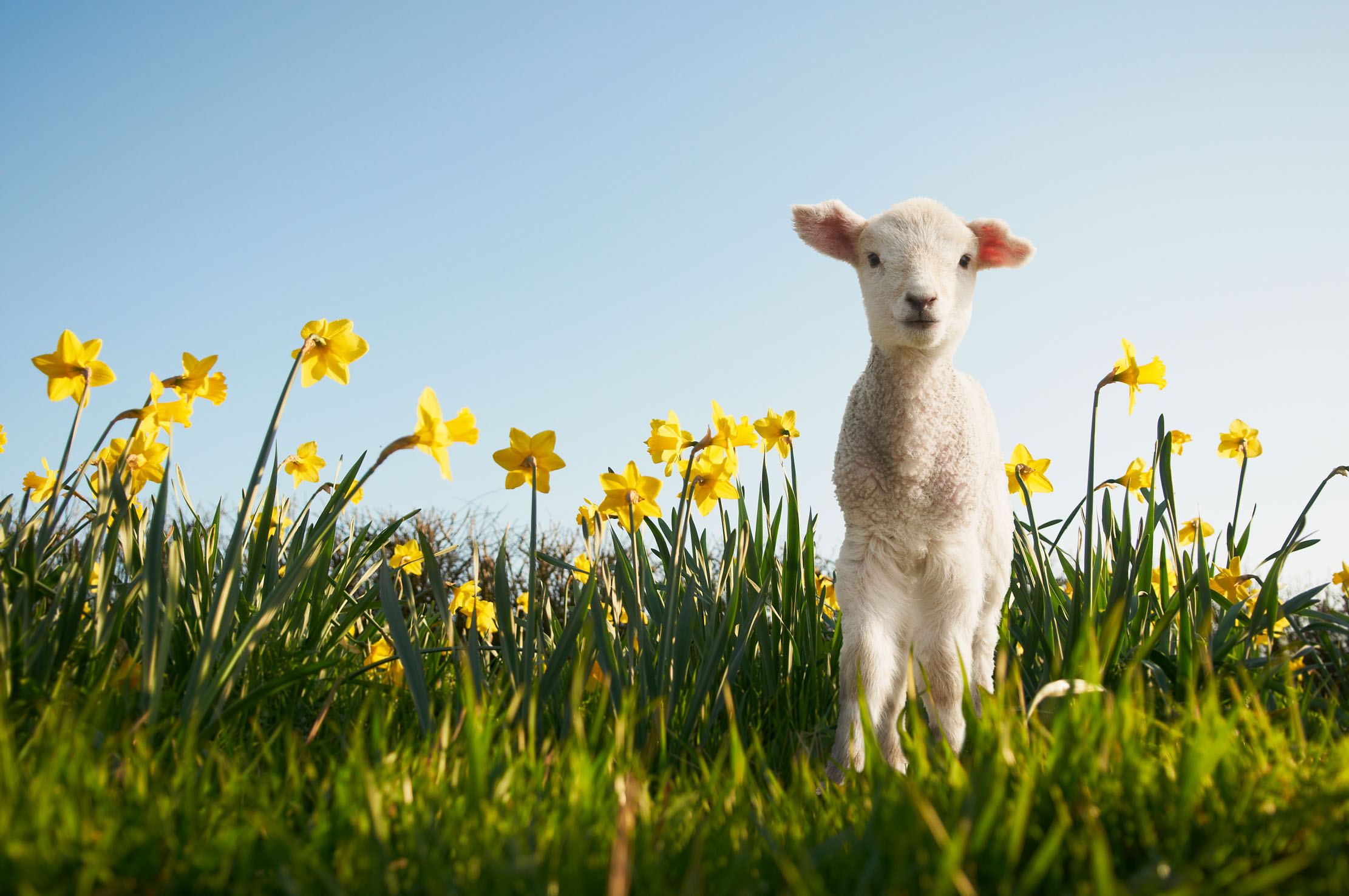
We don’t need an excuse to visit Barnard Castle or anywhere else. City centres are still relatively uncrowded, due to the lack of tourists, but that’s not wholly a bad thing. Altogether, it is as if a great weight has been lifted off the national soul. Hallelujah!
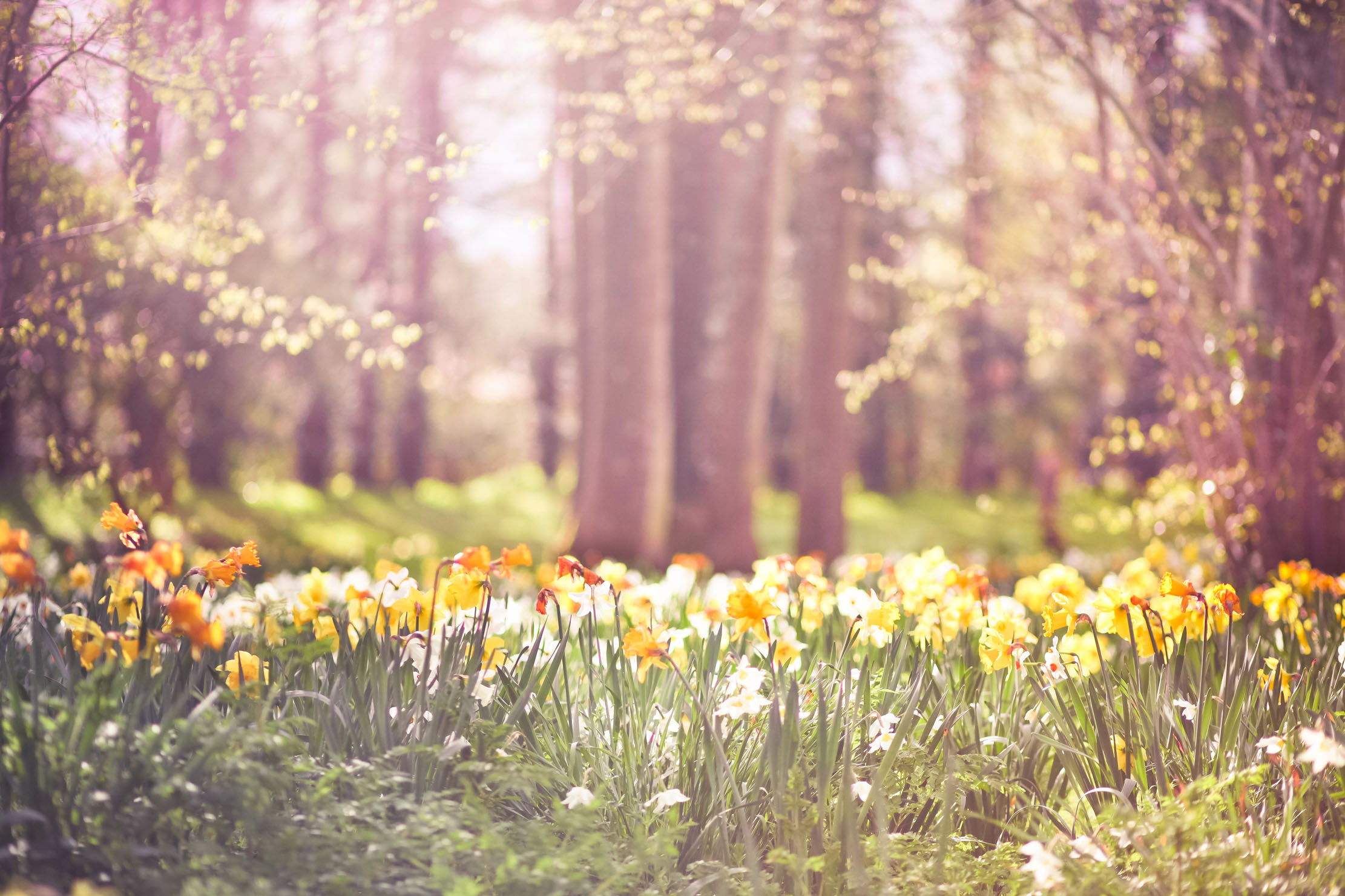
We can’t pretend that everything is for the best in the best of all possible worlds. We cannot be anything but painfully aware of the appalling situation unfolding in Ukraine, which must both dent our enjoyment of spring and make us appreciate it more.
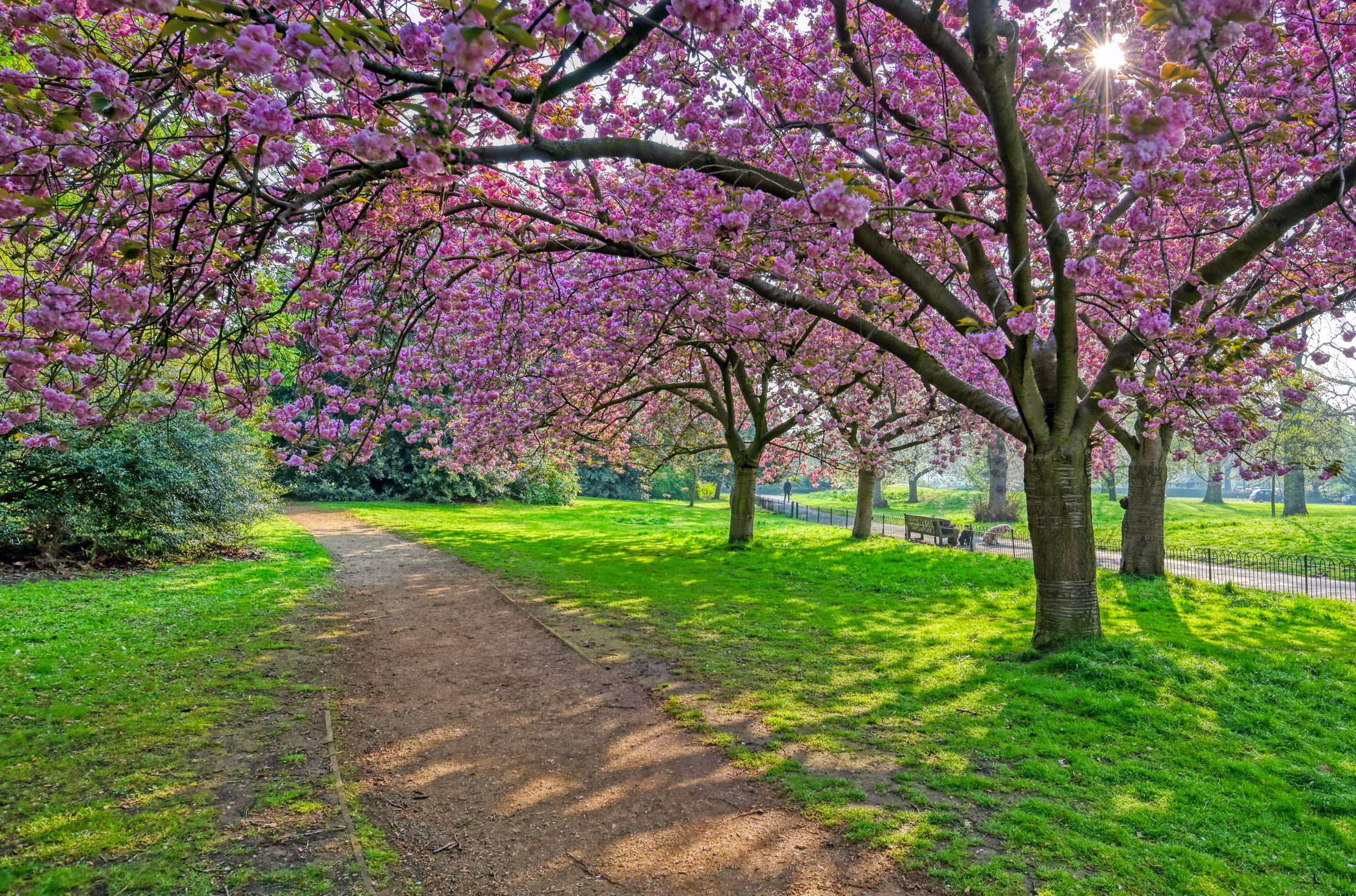
The energy crisis exacerbated by the war is creating suffering and pushing up the cost of fertiliser and chemicals; as a result, fewer of them will be used and farmers will have to pay more attention to the quality of their soils. Regenerative agriculture is the new buzzword.
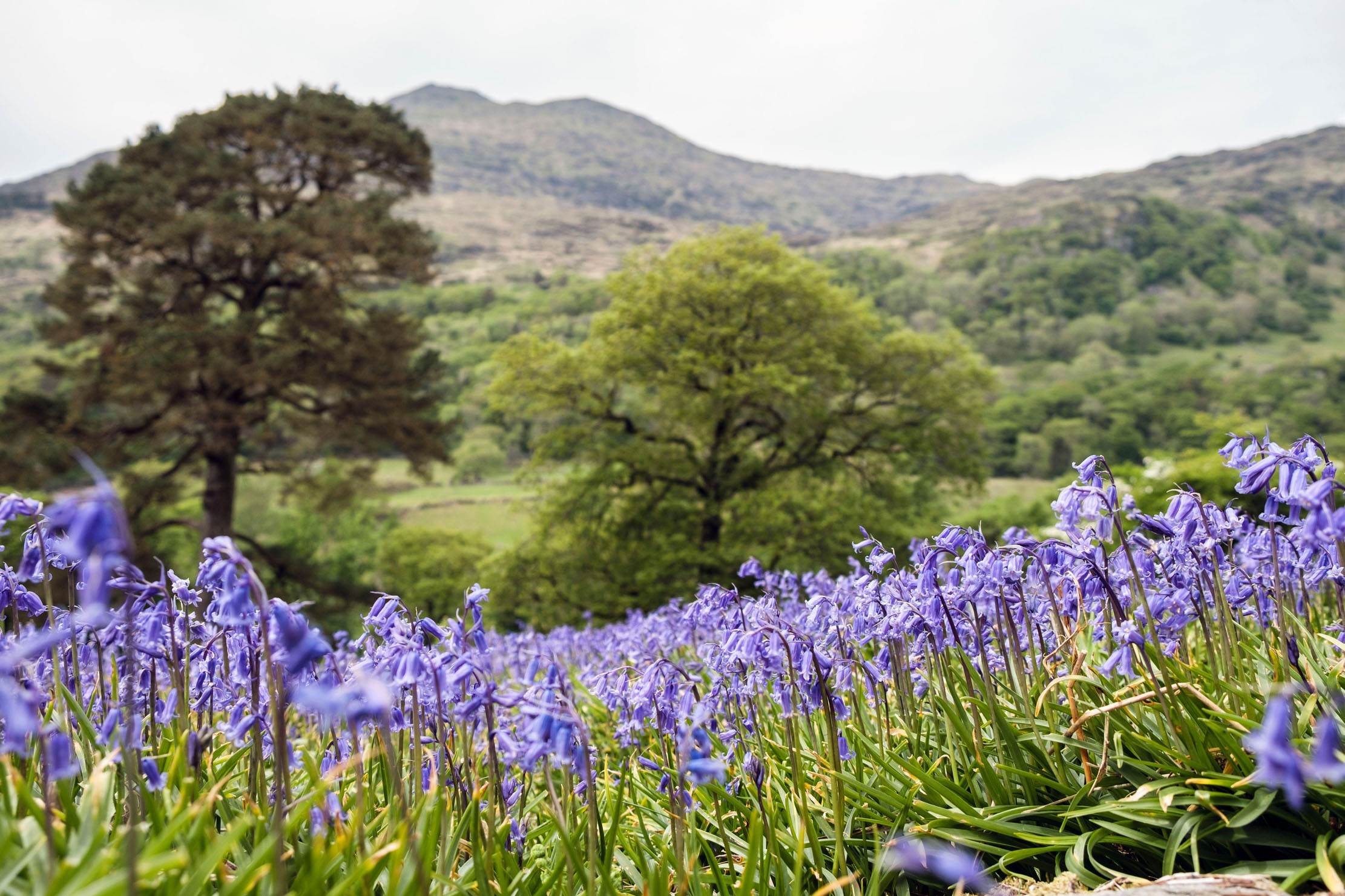
Food will cost more and this will cause a social crisis, but there are benefits to growing more at home. World events are forcing us to wake up to unpalatable truths that we have preferred to ignore, such as the need to spend more money on defence, to devise an energy policy that adds up and to be less reliant on a global economy in which some major players operate to different standards from our own.
Sign up for the Country Life Newsletter
Exquisite houses, the beauty of Nature, and how to get the most from your life, straight to your inbox.
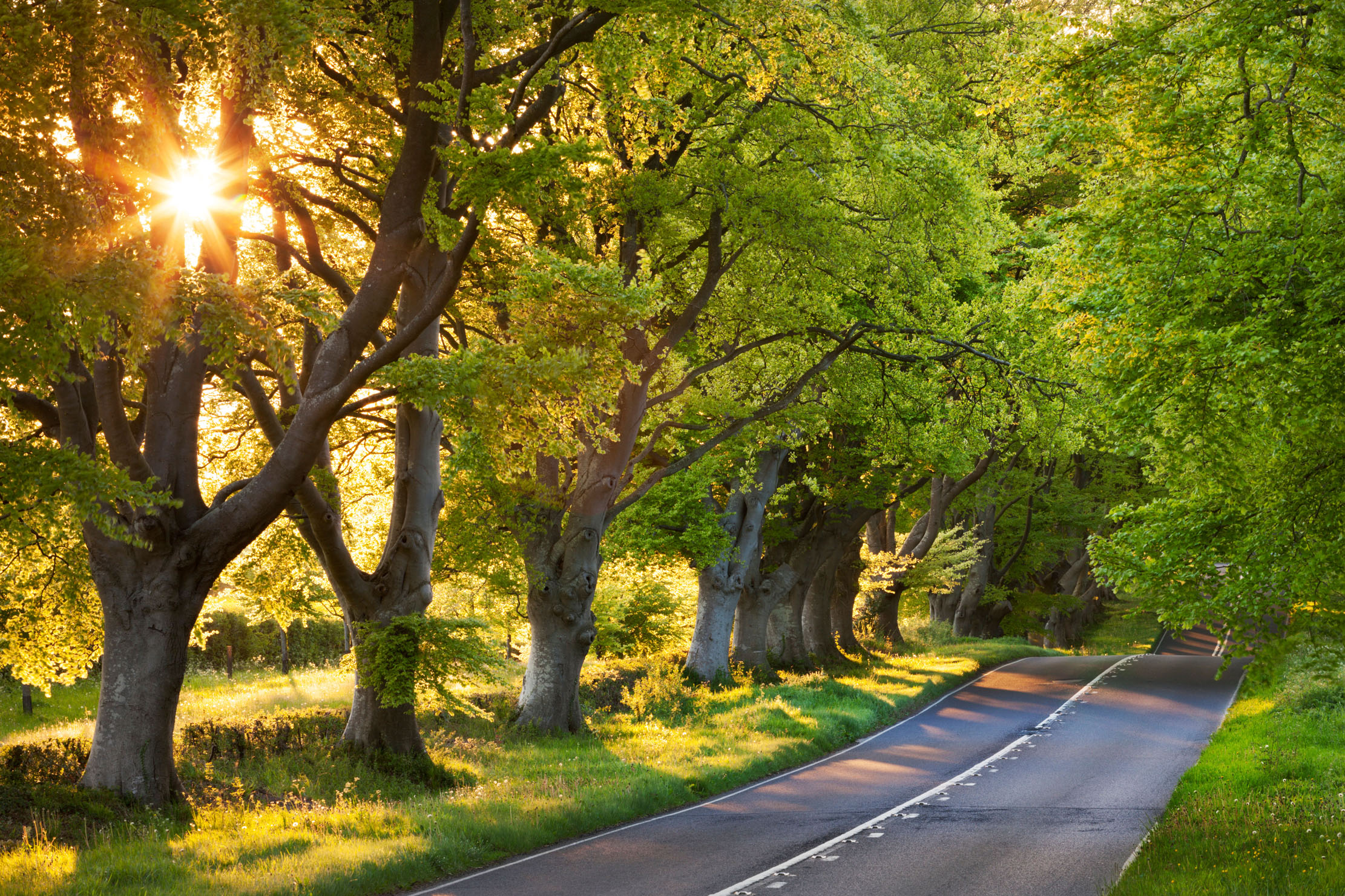
We may see more hair shirt than boosterism in coming years, but those balmy vernal zephyrs still work their magic on the human breast. Hope dawns eternal and it’s free.
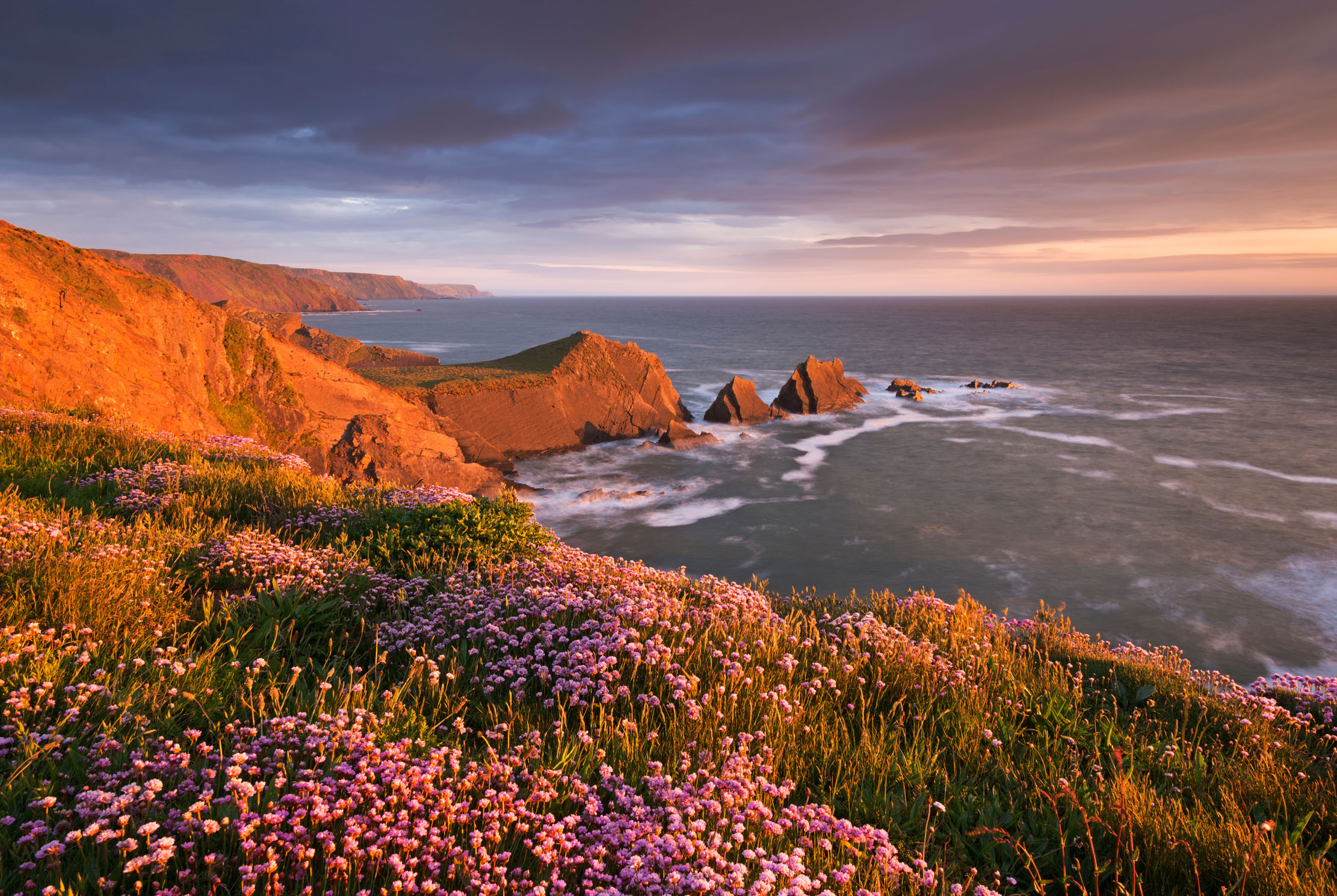
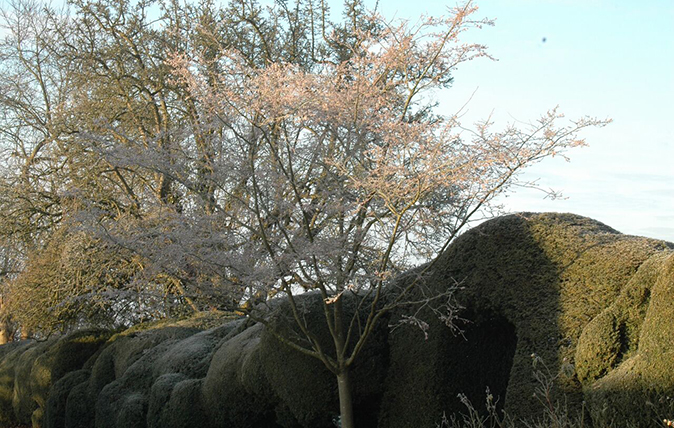
Knowle Hill Farm, Kent: The hilltop garden to enjoy winter and early-spring flowers
A windy hilltop was no deterrent to the owners in creating a garden with a special focus on winter and
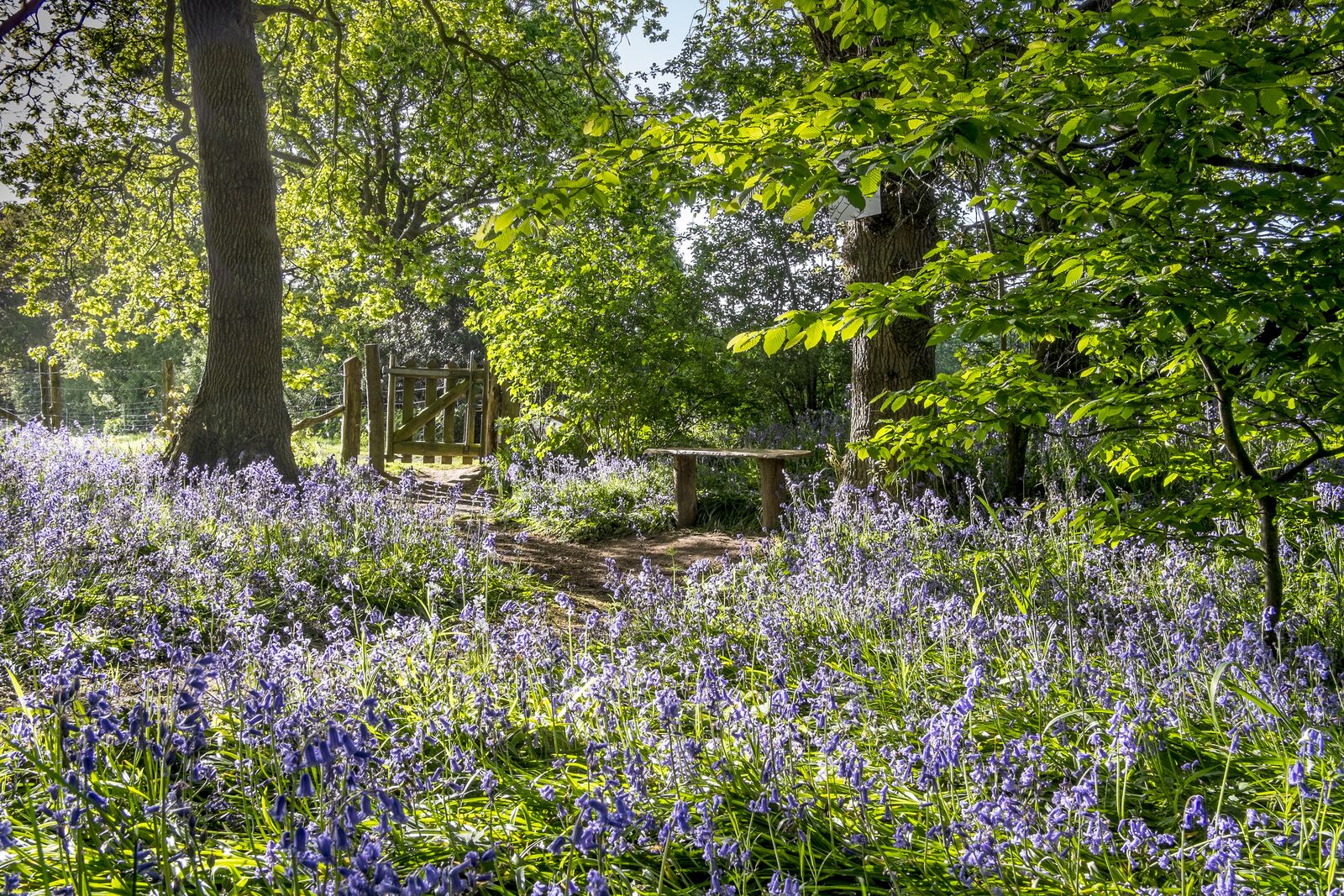
How to enjoy bluebells from home — and how to plant them to enjoy your own in future years
Bluebells are among our most welcome annual visitors, writes Toby Keel in celebrating these joyous spring flowers.
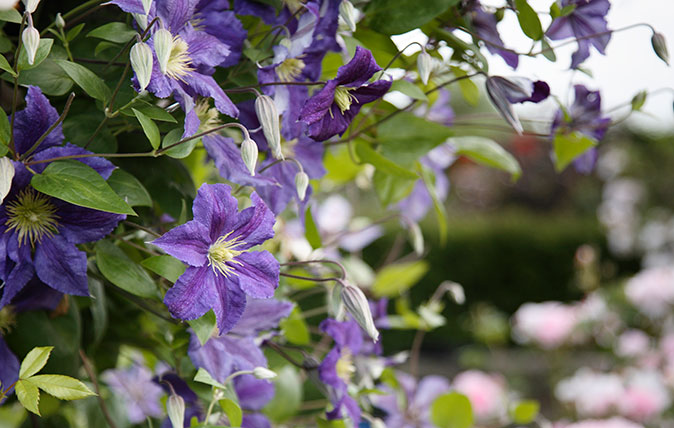
How to choose the perfect Clematis – and how to help it flourish
Steven Desmond gives his tips on how to look after clematis, the beautiful climbing plant whose flowers explode in spring.
Country Life is unlike any other magazine: the only glossy weekly on the newsstand and the only magazine that has been guest-edited by HRH The King not once, but twice. It is a celebration of modern rural life and all its diverse joys and pleasures — that was first published in Queen Victoria's Diamond Jubilee year. Our eclectic mixture of witty and informative content — from the most up-to-date property news and commentary and a coveted glimpse inside some of the UK's best houses and gardens, to gardening, the arts and interior design, written by experts in their field — still cannot be found in print or online, anywhere else.
-
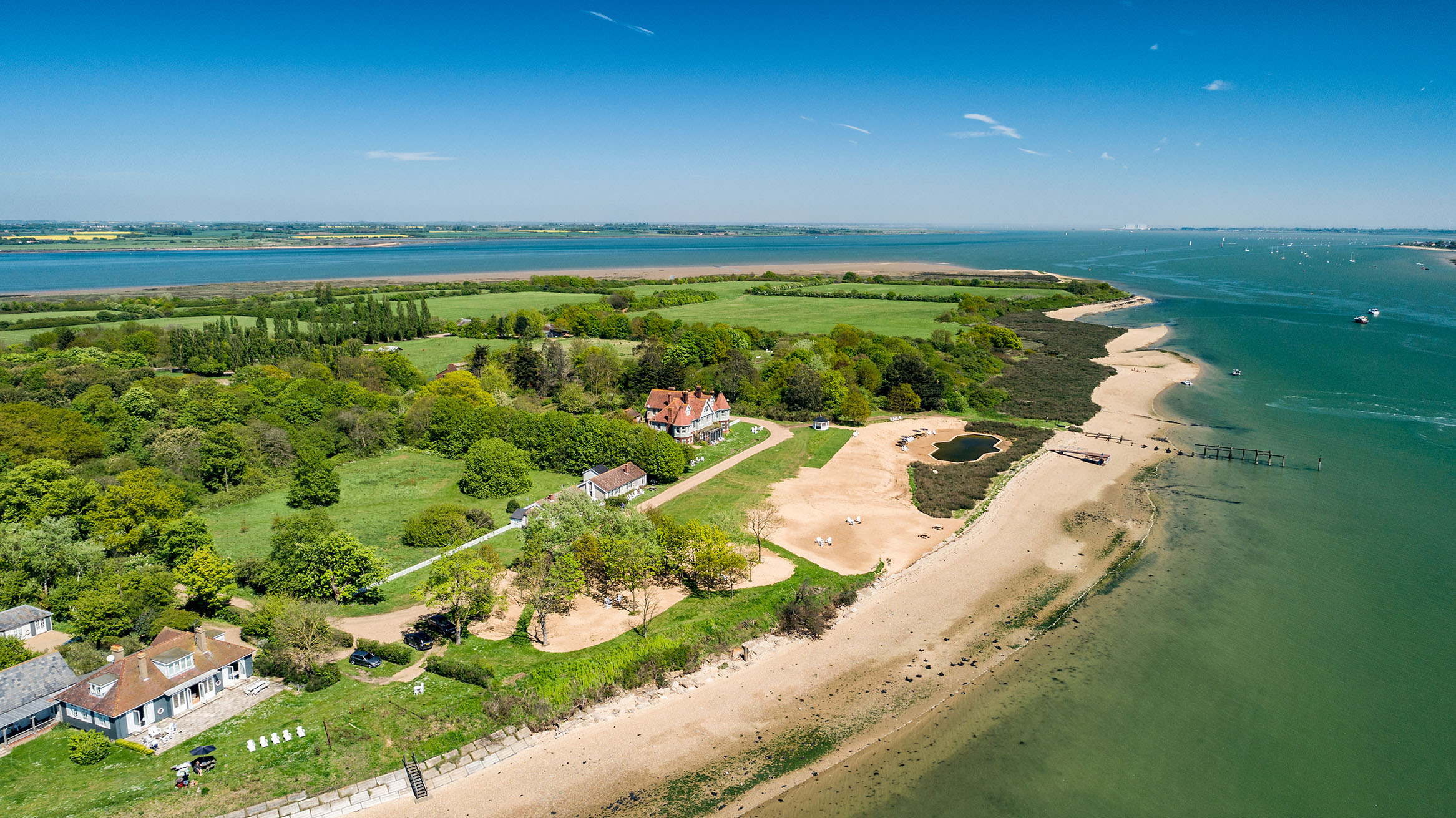 380 acres and 90 bedrooms on the £25m private island being sold by one of Britain's top music producers
380 acres and 90 bedrooms on the £25m private island being sold by one of Britain's top music producersStormzy, Rihanna and the Rolling Stones are just a part of the story at Osea Island, a dot on the map in the seas off Essex.
By Lotte Brundle
-
 'A delicious chance to step back in time and bask in the best of Britain': An insider's guide to The Season
'A delicious chance to step back in time and bask in the best of Britain': An insider's guide to The SeasonHere's how to navigate this summer's top events in style, from those who know best.
By Madeleine Silver